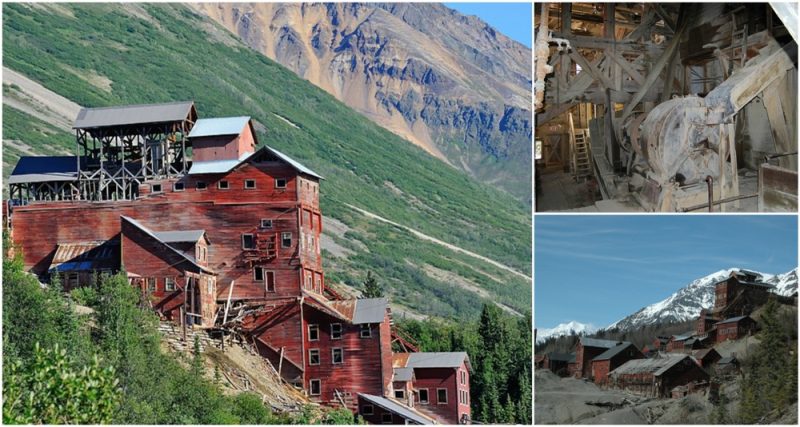Unlike many other abandoned places, the mining camp of Kennecott, also known as Kennecott Mines, became a National Historic Landmark in 1986.
Situated in the Valdez-Cordova Census area, the place is a center of activity for copper mines and from recently a very popular tourist destination.
Many geologists have explored the camp and its surrounding area during the early years of the 20th century but only Clarence Warren, Jack Smith, and Arthur Spencer were fortunate enough to find what turned out to be the richest concentration of copper ever discovered. The ore they discovered showed up to 70% purity.
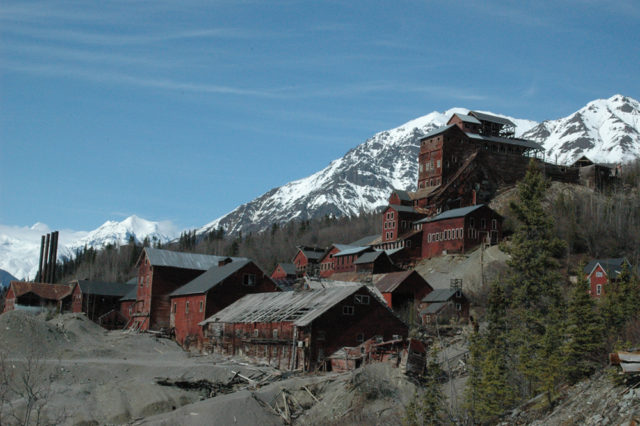
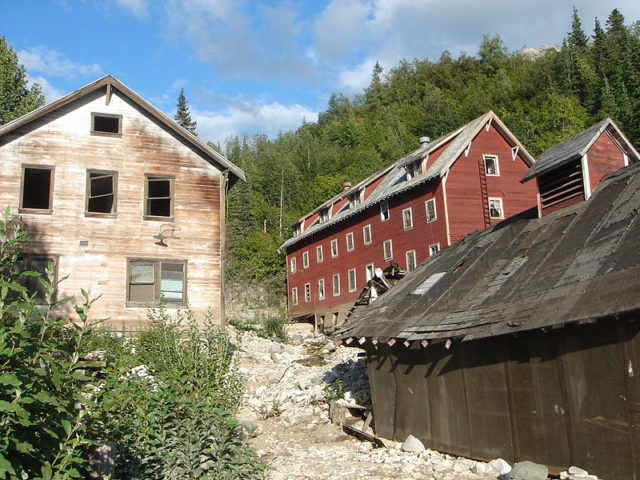
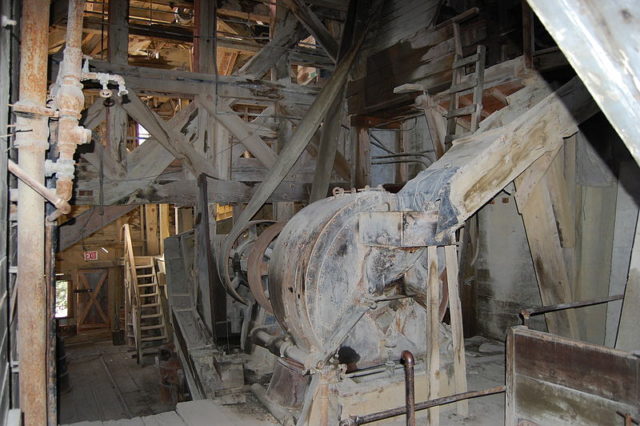
After many political battles were fought over the ownership and usage of the metal, the Kennecott Copper Corporation was established on 29 April 1915 after the Alaska Syndicate exchanged its Wrangell Mountains Mines assets for shares in the newly formed public company. The company operated 5 mines in the area and became a mining camp housing the miners and their families.
Kennecott Copper Corporation showed as a good investment in the following years after its establishment and reported hundreds of millions of dollars in profits and produced over 4.6 million tons of ore between 1909 and 1938.
What’s left of the Kennecott Mining camp is the giant mill building which stands above the Kennicott glacier and can only be explored with a guide.
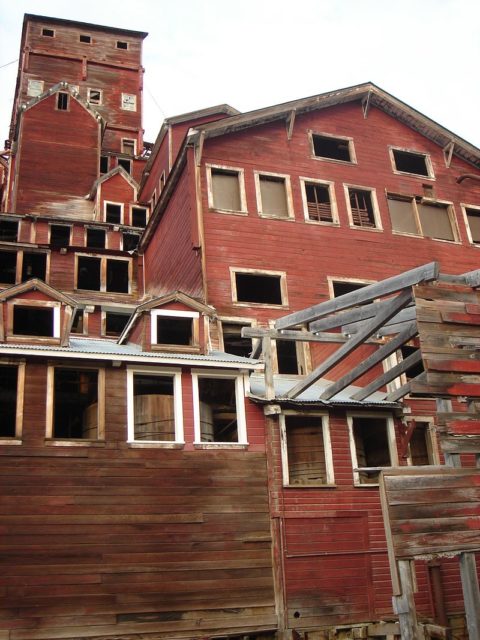
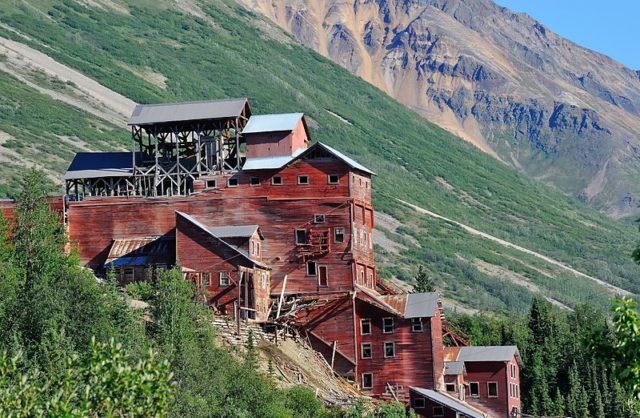
The Governor of Alaska, Ernest Henry, suggested Kennecott be preserved as a National Park in 1938. A couple of families lived in the camp from 1930 to 1952 and served as the camp’s watchmen.
After an unsuccessful attempt to restart production and transport the ore in aircraft, a few structures of the town were destroyed due to unwanted potential accidents. However, the destruction was never completed and most of the camp was left standing.
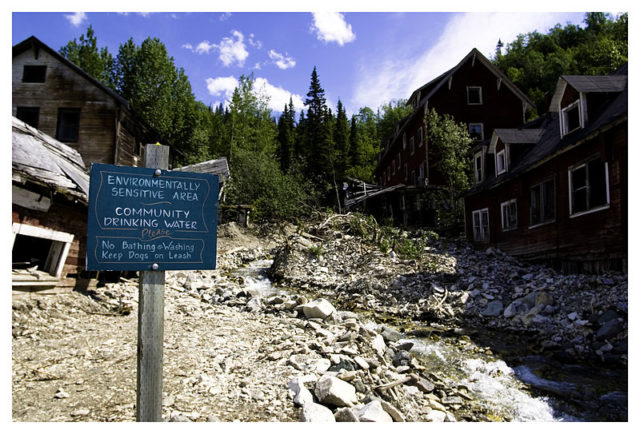
Though the camp of Kennecott was never repopulated, the place became a popular tourist attraction. People who come to see the old mines and buildings usually travel by air or by driving on the Edgerton Highway up to the McCarthy Road which is 4.5 miles away from Kennecott itself.
Apart from admiring the old mining town, tourists can also enjoy glacier hiking, ice climbing and exploring the maze of abandoned company buildings with the help of local guide services.
